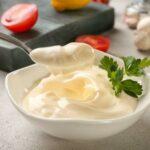Have you ever found yourself puzzled, wondering how long thawed cooked shrimp lasts in the fridge? Fear not, seafood lovers!
In this ultimate guide, we’ll explore the shelf life of your favorite crustacean, as well as tips and tricks for safe storage, mouth-watering recipes, and frequently asked questions to make your shrimp experience a breeze.
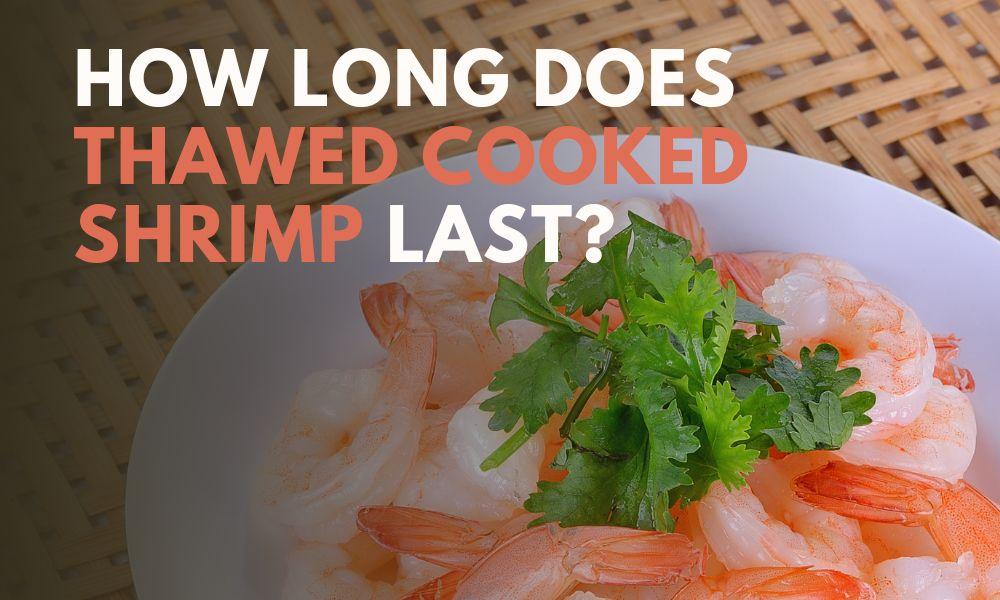
How Long Does Thawed Cooked Shrimp Last in the Fridge?
As a general rule of thumb, thawed cooked shrimp can last 3 to 4 days in the refrigerator. However, this timeframe can vary depending on a few factors, which we’ll discuss below. To ensure you’re consuming safe and delicious shrimp, always use your senses—smell, texture, and appearance—to determine if it’s still good to eat. If something seems off, it’s best to err on the side of caution and discard the shrimp.
Factors Affecting Shelf Life
1. Quality of the Shrimp
The quality of the shrimp you start with will have a significant impact on how long it lasts in the fridge. Freshly caught, high-quality shrimp will generally last longer than their lower-quality counterparts. When shopping for shrimp, look for firm, plump, and glossy specimens, with minimal to no odor.
2. Preparation and Handling
Proper handling and preparation of shrimp can significantly impact its shelf life. To maximize the freshness of your cooked shrimp, be sure to follow these best practices:
- Thaw frozen shrimp properly, following the guidelines in our guide on How to Cook Frozen Shrimp
- Cook shrimp thoroughly, making sure it’s fully cooked before consuming or storing it. If you’re unsure whether your shrimp is cooked, check out our article on How to Tell if Shrimp is Cooked
- Use clean utensils, cutting boards, and surfaces to avoid cross-contamination with bacteria or other pathogens
- Allow cooked shrimp to cool slightly before refrigerating, but don’t leave it at room temperature for more than 2 hours
3. Storage Conditions
The conditions in which you store your cooked shrimp can also impact its freshness and shelf life. To maximize the lifespan of your thawed cooked shrimp, follow these storage tips:
- Store shrimp in an airtight container or wrap it tightly in plastic wrap or aluminum foil
- The FDA does recommend keeping the refrigerator temperature at or below 40°F (4°C) to maintain food safety and prevent bacterial growth. Place the shrimp in the coldest part of your refrigerator, ideally at a temperature between 32°F (0°C) and 40°F (4°C)
- Avoid storing shrimp near strong-smelling foods, as shrimp can absorb odors
Tips for Extending Shelf Life
Throughout my culinary journey, I’ve learned some valuable lessons when it comes to extending the shelf life of cooked shrimp. In this section, I’ll share my personal experiences and the techniques I’ve found most effective in preserving the freshness and quality of shrimp.
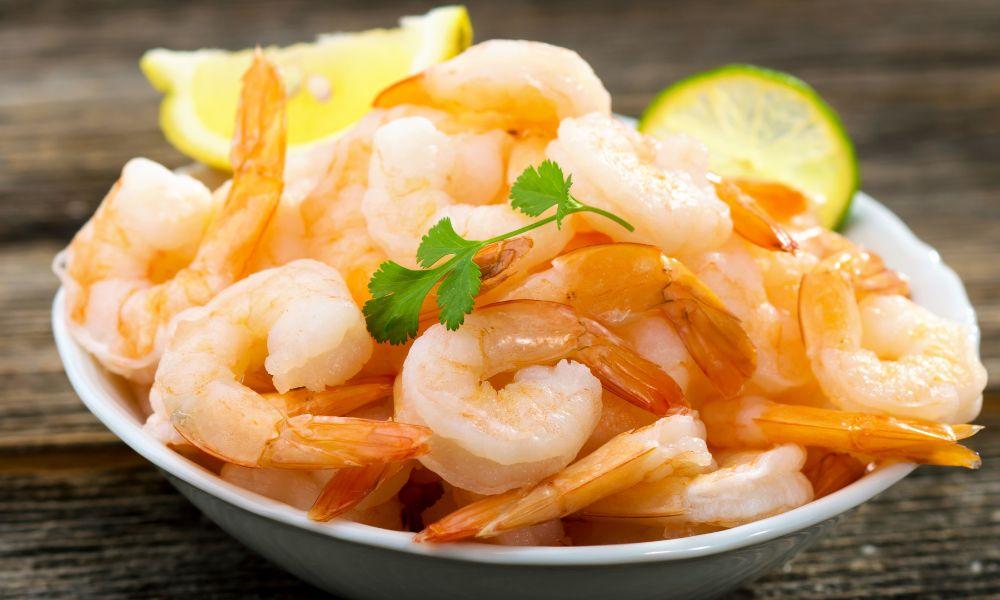
Proper Thawing Techniques: My Go-To Method
I’ve experimented with various thawing methods, and the refrigerator method has proven to be the most reliable for maintaining shrimp quality. By placing the frozen shrimp in a covered container and allowing it to thaw in the refrigerator for 12 to 24 hours, I’ve found that the shrimp stays at a safe, consistent temperature, reducing the risk of bacterial growth.
While it does require some planning ahead, I’ve found this method to be the safest and most effective in preserving the shrimp’s texture and taste.
Storing with Airtight Containers: A Lesson Learned
I’ve tried storing cooked shrimp in various ways, from wrapping it in plastic wrap to using simple lidded containers. However, I discovered that using airtight containers is the best way to keep my shrimp fresh and prevent unpleasant odors from permeating the fridge.
Once, when I stored cooked shrimp in a regular lidded container, I noticed a slightly off smell in my fridge after just two days. After switching to airtight containers, the shrimp remained fresh and odor-free for up to four days.
Here’s my routine for storing cooked shrimp in airtight containers:
- Let the shrimp cool for a few minutes after cooking.
- Place the shrimp in an appropriately sized airtight container, minimizing excess air.
- Seal the container and place it in the coldest part of the refrigerator.
Using Vacuum-Sealed Bags: A Game-Changer
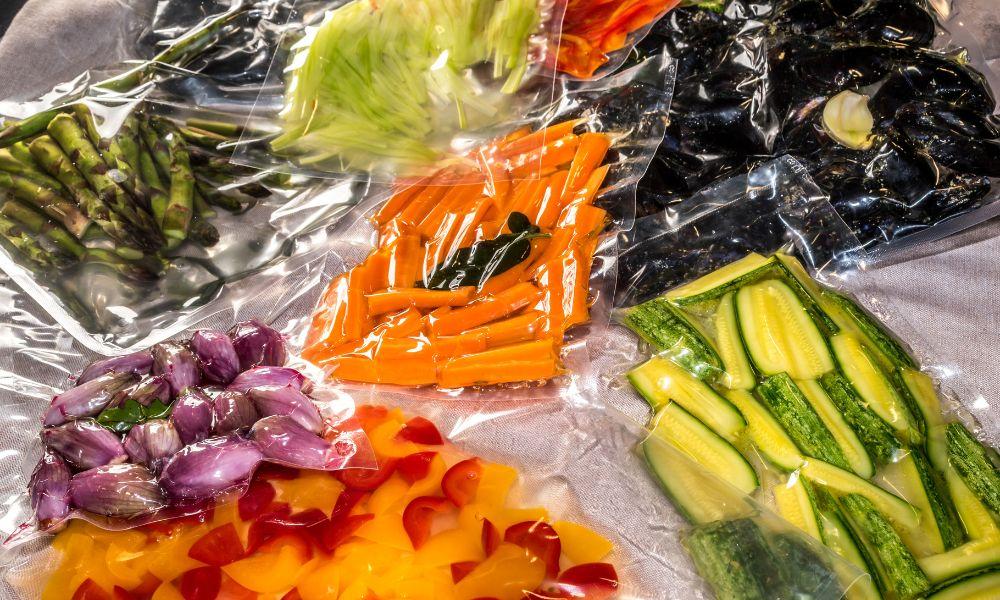
When I started using vacuum-sealed bags for storing cooked shrimp, it was a game-changer. By removing air from around the shrimp, the vacuum-sealed bags helped to further extend the shrimp’s shelf life, keeping it fresh for even longer than when stored in an airtight container.
My process for using vacuum-sealed bags is as follows:
- Allow the cooked shrimp to cool slightly.
- Place the shrimp in a vacuum-sealable bag, spreading them out evenly.
- Use a vacuum sealer to remove the air and seal the bag.
- Store the vacuum-sealed bag in the coldest part of the refrigerator.
These personal experiences have taught me the importance of proper thawing and storage techniques for cooked shrimp. By following these tips, I’ve been able to enjoy fresh, delicious shrimp dishes for longer, making the most of my seafood purchases.
Recognizing Spoiled Shrimp
Being able to recognize spoiled shrimp is essential for both food safety and taste. Here are some key factors to consider when determining if your shrimp has gone bad:
Visual Cues
Spoiled shrimp often display changes in color and appearance. Fresh, cooked shrimp should have a firm, opaque appearance and be pinkish in color. If you notice that the shrimp has become slimy, discolored, or shows signs of mold, it’s likely no longer safe to eat.
Smell Test
Shrimp has a relatively mild smell when it’s fresh. If your shrimp has a strong, fishy, or sour odor, it may be spoiled. Trust your nose – if something smells off, it’s best to discard the shrimp.
Texture Changes
Spoiled shrimp can have a mushy or soft texture. If you notice that your cooked shrimp feels slimy or has lost its firmness, it’s probably time to throw it away.
Food Safety Precautions
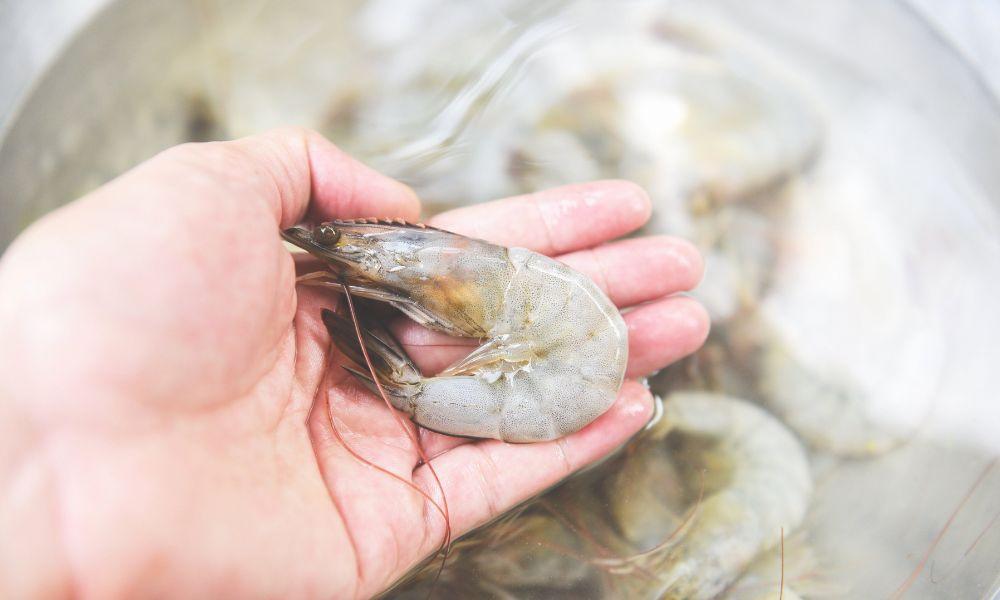
As a home cook, I’ve learned the importance of food safety precautions firsthand. In this section, I’ll share some personal experiences related to food safety, specifically when handling and preparing shrimp.
Importance of Proper Thawing: A Lesson in Patience
Early in my culinary adventures, I was eager to prepare a delicious shrimp dish but hadn’t planned far enough ahead to allow for proper thawing. In my haste, I attempted to thaw the shrimp at room temperature. Unfortunately, the shrimp ended up with an off taste, and I later learned that this method can lead to bacterial growth.
Since then, I’ve always used the refrigerator method for thawing shrimp, and the results have been consistently better. Although it requires some planning, the improved taste and safety make it worth the wait.
Time and Temperature Control: Preventing a Shrimp Mishap
Once, while hosting a dinner party, I prepared shrimp as an appetizer. After cooking, I left the shrimp out at room temperature for guests to enjoy, but the party went on for longer than anticipated. After several hours, I realized that the shrimp had been sitting out for too long, increasing the risk of bacterial growth and spoilage.
From that experience, I’ve learned to be more mindful of time and temperature control. Now, when hosting events, I either serve shrimp dishes straight from the fridge or use ice to keep them chilled throughout the evening.
Reheating Cooked Shrimp: Striking the Right Balance
I used to struggle with reheating cooked shrimp, often ending up with overcooked, rubbery results. After researching and experimenting, I discovered that the key to reheating shrimp is to heat it evenly and quickly, without overcooking it.
My preferred method for reheating shrimp is using a microwave. I arrange the shrimp in a single layer on a microwave-safe plate, cover it with a microwave-safe lid, and heat it in 30-second intervals, checking the internal temperature with a food thermometer to ensure it reaches 165°F (74°C).
These personal experiences have taught me the importance of food safety precautions when handling and preparing shrimp. By implementing these lessons, I’ve been able to enjoy delicious, safe, and high-quality shrimp dishes in my own kitchen.
Conclusion
In conclusion, knowing how to store and handle cooked shrimp properly is crucial for maintaining its freshness, taste, and safety. Let’s summarize the key points discussed throughout this article:
Summary of Key Points
- Cooked shrimp can last for 3 to 4 days in the fridge when stored properly.
- Factors affecting shelf life include the quality of the shrimp, preparation and handling methods, and storage conditions.
- Proper thawing techniques, such as refrigerator and cold water thawing, are essential for maintaining shrimp quality.
- Airtight containers and vacuum-sealed bags can help extend the shelf life of cooked shrimp.
- Recognizing spoiled shrimp is crucial for ensuring food safety; look for visual cues, smell, and texture changes.
- Food safety precautions, such as proper thawing, time and temperature control, and reheating methods, are critical for maintaining the quality and safety of cooked shrimp.
Importance of Proper Storage and Handling
Proper storage and handling of cooked shrimp play a vital role in preserving its freshness, taste, and safety. By using airtight containers or vacuum-sealed bags, maintaining the right temperature, and being mindful of storage time, you can enjoy delicious shrimp dishes for longer.
Ensuring Food Safety and Quality
By following the guidelines and tips shared in this article, you can ensure the safety and quality of your cooked shrimp. Always pay attention to the signs of spoilage and adhere to proper food safety practices when preparing, storing, and reheating shrimp.
In the end, understanding how to store and handle cooked shrimp correctly will allow you to enjoy delicious, safe, and fresh-tasting shrimp dishes every time.
FAQs
How long does cooked shrimp last in the fridge?
Cooked shrimp can last for 3 to 4 days in the fridge when stored properly in an airtight container or vacuum-sealed bag.
What factors affect the shelf life of cooked shrimp?
Factors that affect the shelf life of cooked shrimp include the quality of the shrimp, preparation and handling methods, and storage conditions.
What are the signs that cooked shrimp has gone bad?
Signs that cooked shrimp has gone bad include changes in color and appearance, a strong, fishy, or sour odor, and a mushy or slimy texture.
What are the best methods for thawing frozen shrimp?
The best methods for thawing frozen shrimp are refrigerator thawing and cold water thawing. Both methods help maintain the shrimp’s quality and prevent bacterial growth.
How can I extend the shelf life of cooked shrimp?
You can extend the shelf life of cooked shrimp by using proper thawing techniques, storing it in airtight containers or vacuum-sealed bags, and following food safety precautions such as time and temperature control.
What is the proper way to reheat cooked shrimp?
To reheat cooked shrimp, ensure that it reaches a safe internal temperature of 165°F (74°C) to kill any potential bacteria. Reheat the shrimp evenly, either in a microwave or on the stovetop, and avoid reheating multiple times to reduce the risk of bacterial growth and maintain the shrimp’s quality.
Can I refreeze cooked shrimp?
Refreezing cooked shrimp is not recommended, as it can lead to a loss of texture and flavor. Instead, try to only thaw the amount of shrimp you plan to consume and store the leftovers properly in the fridge.





